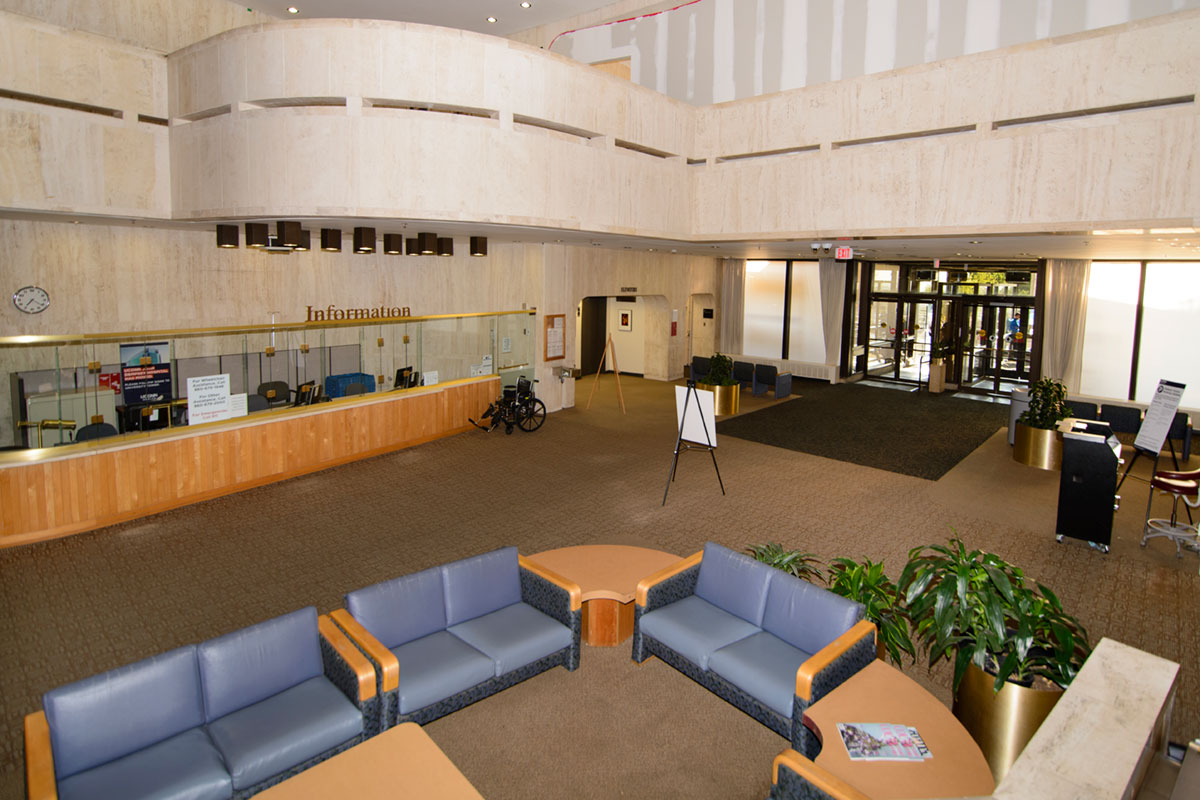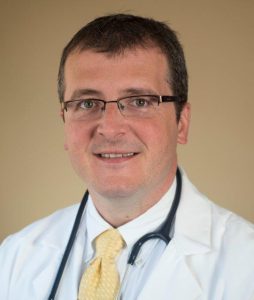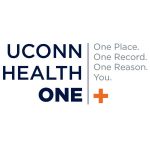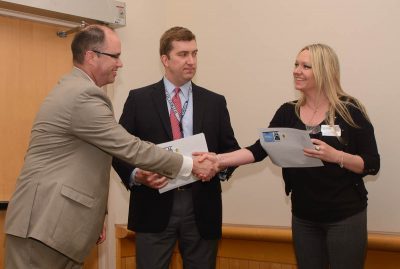
UPDATE: The closing of the main lobby and opening of the academic entrance, originally scheduled for Monday, July 25, has been postponed, with further information to come next week. Therefore, the changes to Shuttle Routes 3 and 4 and the Storrs Shuttle, also scheduled to take place Monday, will be postponed until further notice.
Starting this weekend, the main lobby area of the main building will be under construction for the next several months. This is to allow renovations that will grow and modernize the lobby as well as the dental clinics and the Calhoun Cardiology Center.
The front entrance to the building will remain open with a detour around the construction Foot traffic will flow to the left and let out in the hallway that runs along the windows to the center courtyard. The lobby elevators will continue to function, but only serve Floors G, M and 1.
For employees that use the main entrance to get to and from their jobs, please note that it may be quicker for you to use Garage 2. Garage 2 is for employees only and has a dedicated entrance on the bottom floor of the garage. The employee entrance will bring you to the University Tower and you can access the Connecticut Tower by following the signs, which lead you through Radiology.
With this also comes changes to the campus shuttle services. Starting Monday, July 25, two of the campus shuttle routes will discontinue service to the main entrance. The Munson Road shuttle (Route 3) will go back to stopping at the academic entrance, also scheduled to be re-open by Monday, and the 400 Farmington Ave. shuttle (Route 4) will pick up and drop off at the University Tower instead of the main entrance. All campus shuttle maps and schedules are available at health.uconn.edu/park/shuttle-bus-service. CT Transit and CT Fastrak routes are not changing.

 Will all this bring change to our organization? You bet. But the change is going to be great. Just imagine the clarity, efficiency, and harmony of being able to find the information you want, at the right time, to guide the best decisions. The HealthOne project is going to help us design that future together, for the benefit of patients, families, and clinical providers.
Will all this bring change to our organization? You bet. But the change is going to be great. Just imagine the clarity, efficiency, and harmony of being able to find the information you want, at the right time, to guide the best decisions. The HealthOne project is going to help us design that future together, for the benefit of patients, families, and clinical providers. We know parking is one of your favorite topics so we’ve got some parking-related news you should know.
We know parking is one of your favorite topics so we’ve got some parking-related news you should know.
![employee-engagement-630x420[1]](https://updates-uchc.media.uconn.edu/wp-content/uploads/sites/989/2016/05/employee-engagement-630x4201-400x267.jpg) Those who haven’t taken the employee engagement survey introduced earlier this month only have until Monday, May 30, to respond.
Those who haven’t taken the employee engagement survey introduced earlier this month only have until Monday, May 30, to respond.
